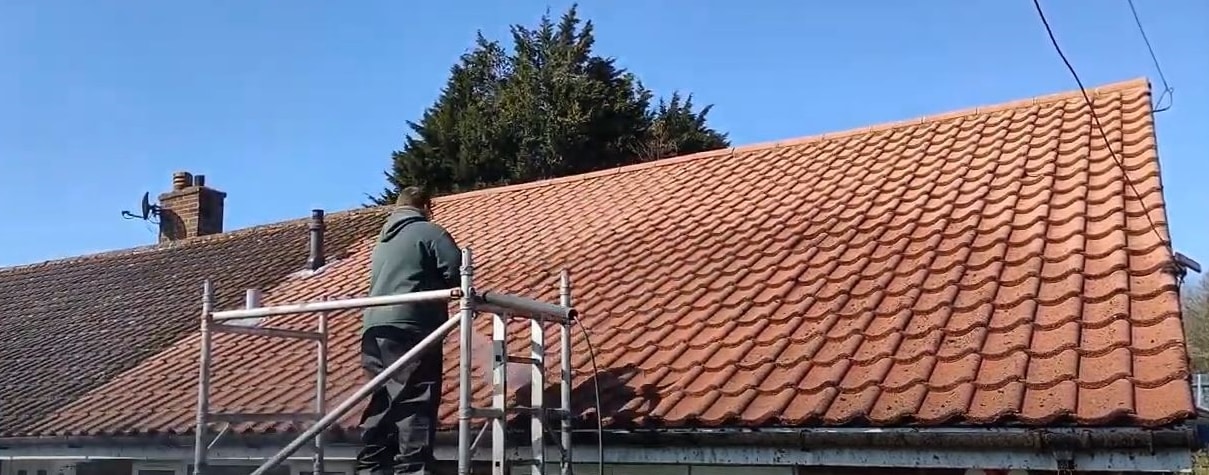NAHB Sees Suburban Shift for New Home Builds in 2Q
3 min readEven though the pandemic just got underway in 2Q, the market place share of one-spouse and children residences in outer suburbs, exurbs and smaller cities grew from forty seven.5% to 48.4% in one particular 12 months.
WASHINGTON – The National Affiliation of Dwelling Builders (NAHB) produced its Dwelling Setting up Geography Index (HBGI) for the 2nd quarter, and the data indicates a crystal clear uptick in the quantity of customers heading to the suburbs or even farther out.
“The raising need for development in more suburban neighborhoods is currently being pushed in huge part by the coronavirus outbreak,” suggests NAHB Chairman Chuck Fowke, a custom made residence builder from Tampa. “The rising pattern for working at residence is enabling more families to choose to reside in lower cost, lower density communities.”
Fowke suggests the cost of housing has also experienced an affect. “Persistent housing affordability worries – exacerbated by soaring lumber charges that have additional $sixteen,000 to the cost of a one-spouse and children residence given that mid-April – are adding to the need to discover cost-effective housing in lower cost marketplaces,” he adds.
“The county-stage 2nd quarter HBGI data displays relative growth in lower density marketplaces that signify half of all one-spouse and children development,” suggests NAHB Main Economist Robert Dietz. “We observed original proof of this pattern in the 1st quarter, and in current months these marketplaces have registered faster growth for the two one-spouse and children and multifamily developing, as the need for new development shifted to more suburban and exurban communities.”
The HBGI is a quarterly measurement of developing circumstances across the country and seems at county-stage information and facts about one- and multifamily permits to gauge housing development growth in city and rural areas.
Little metro suburbs accounted for the quickest rising geographical spots for one-spouse and children development for the duration of the 2nd quarter, up 10.6% on a 4-quarter relocating average basis. It’s adopted by smaller cities (nine.3%), smaller metro core spots (seven.5%) and exurbs (5.6%).
Other 2nd quarter HBGI conclusions
- Solitary-spouse and children housing begins fell by 24% on quarterly basis. Of the 7 regional geographies, only smaller metro location suburbs posted a 12 months-over-12 months gain in 2Q. The other people registered declines, with the most significant in huge metro core spots.
- The market place share for one-spouse and children development in lower density spots (smaller metro core and suburbs, smaller cities and rural marketplaces) enhanced from forty seven.5% a 12 months ago to 48.4%.
- The quickest rising geographies for condominium development in the 2nd quarter have been found in the exurbs, smaller metro suburbs and rural spots.
- The market place share for multifamily development in lower density spots (exurban spots of huge metro marketplaces, smaller metro core and suburbs, smaller cities and rural marketplaces) enhanced from 32.nine% a 12 months ago to 34%.
While the 12 months-to-12 months adjustments in one- and multifamily market place shares in lower density spots appear to be smaller, market place-share adjustments normally create bit by bit. NAHB considers a one particular-proportion level 12 months-over-12 months gain noteworthy when compared to current historical data.
© 2020 Florida Realtors®







.jpg)